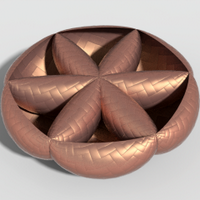
Penrose
@usepenrose
create beautiful diagrams just by typing mathematical notation in plain text
ID: 1387856561004060673
https://penrose.cs.cmu.edu 29-04-2021 19:49:29
51 Tweet
1,1K Followers
14 Following




















@usepenrose
create beautiful diagrams just by typing mathematical notation in plain text
ID: 1387856561004060673
https://penrose.cs.cmu.edu 29-04-2021 19:49:29
51 Tweet
1,1K Followers
14 Following


















